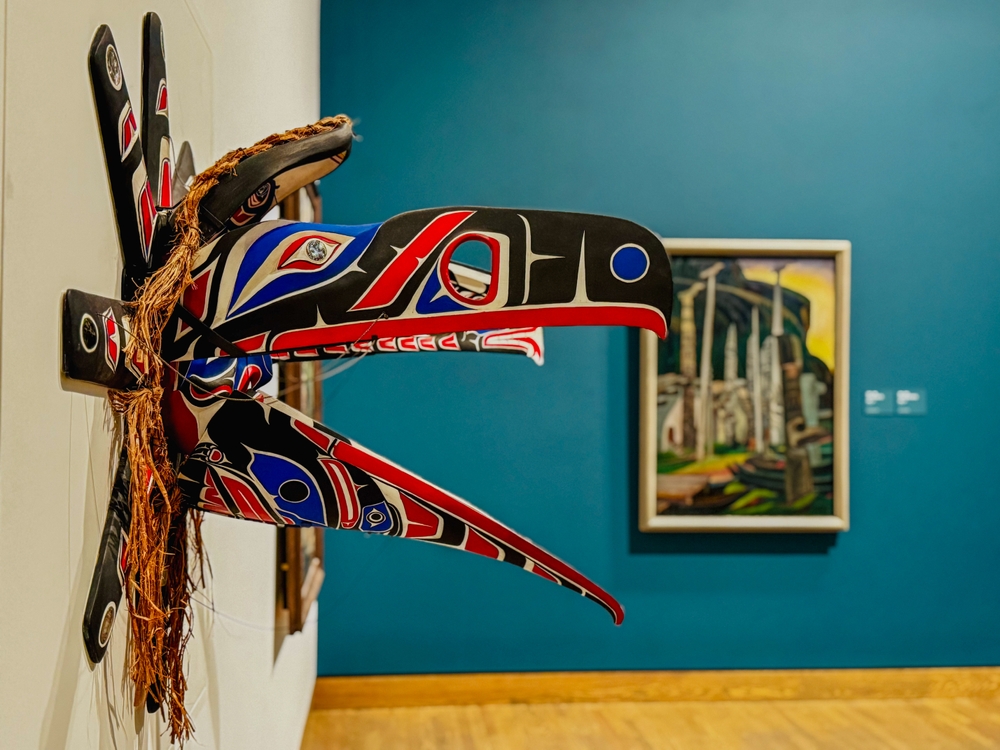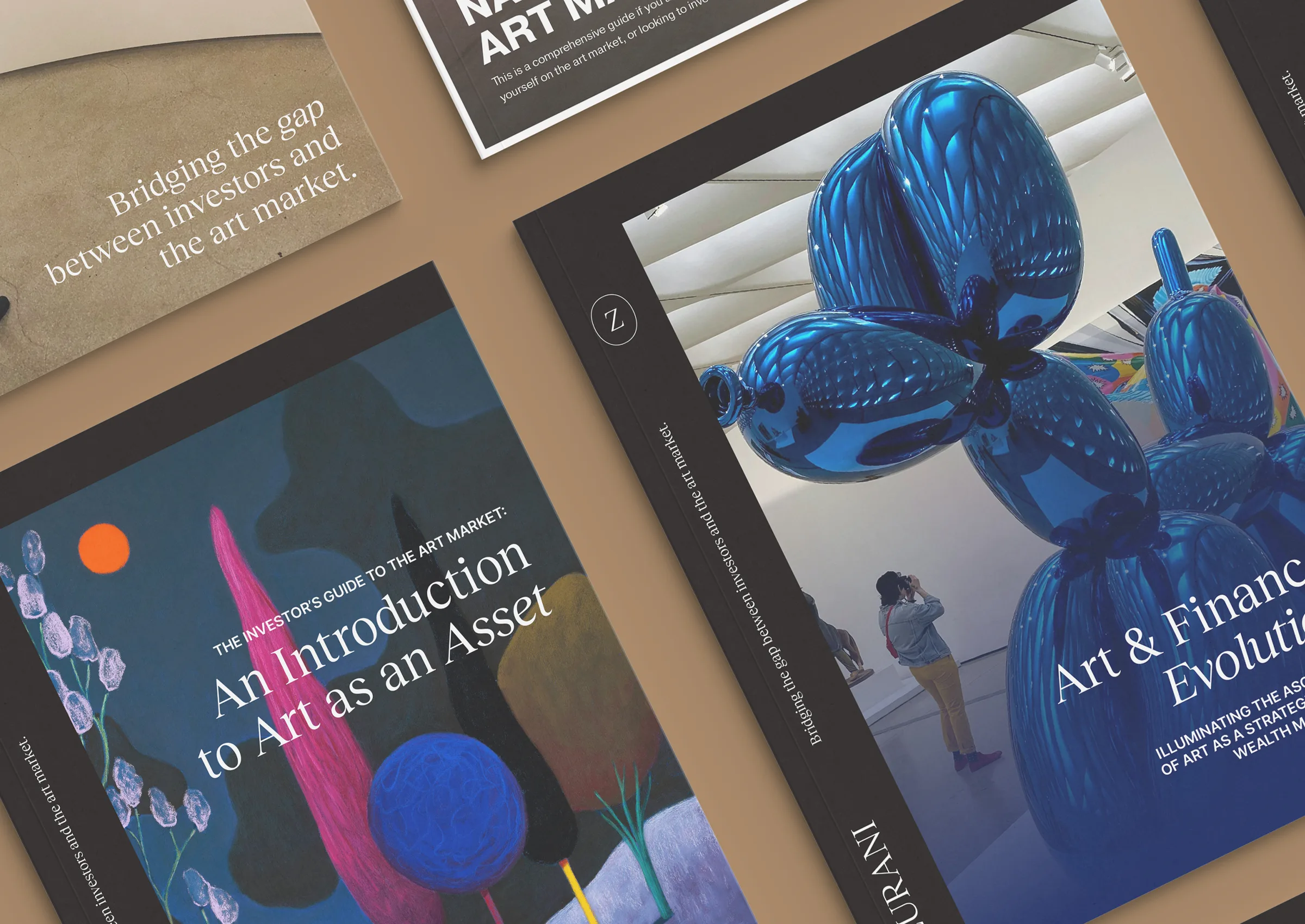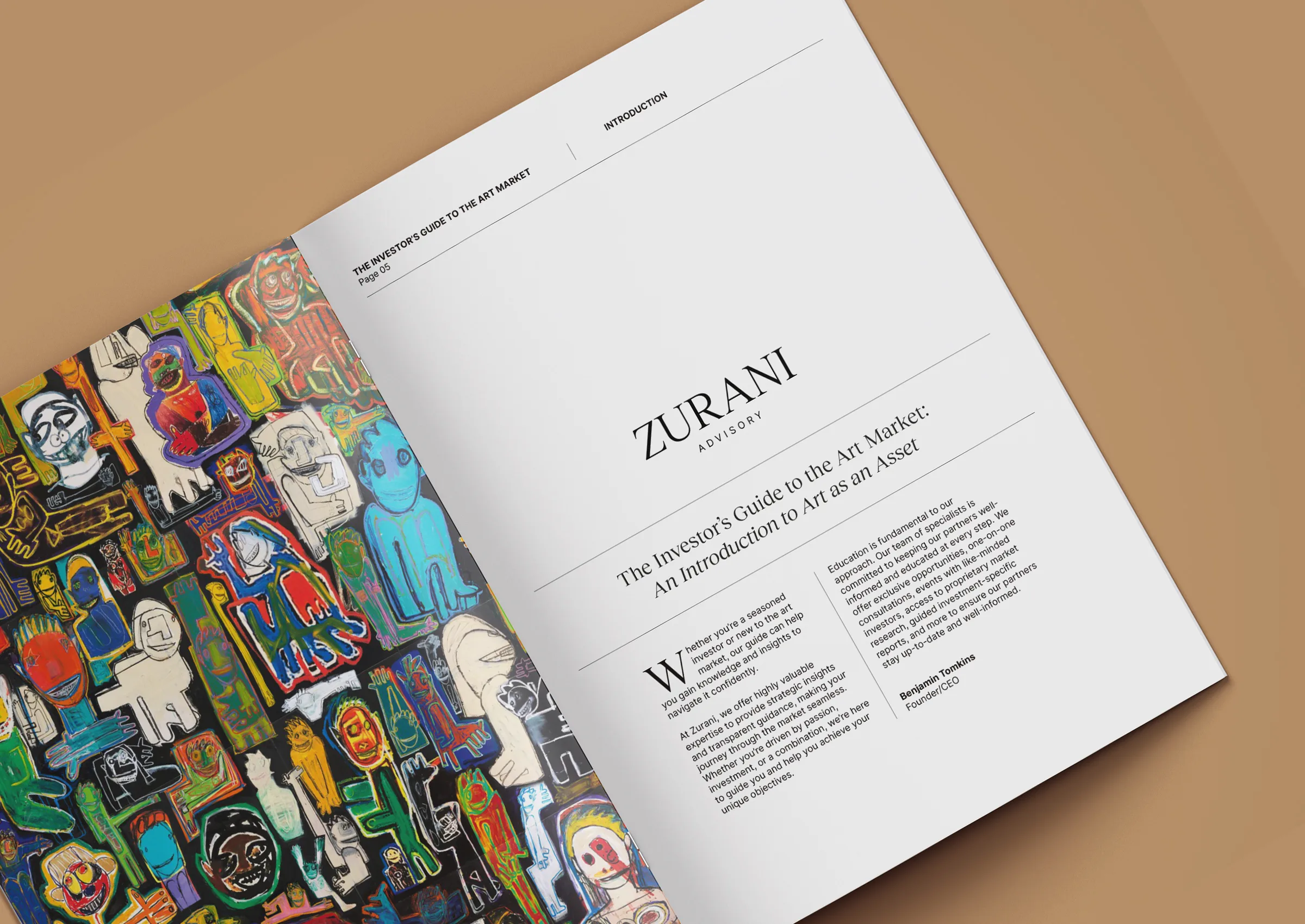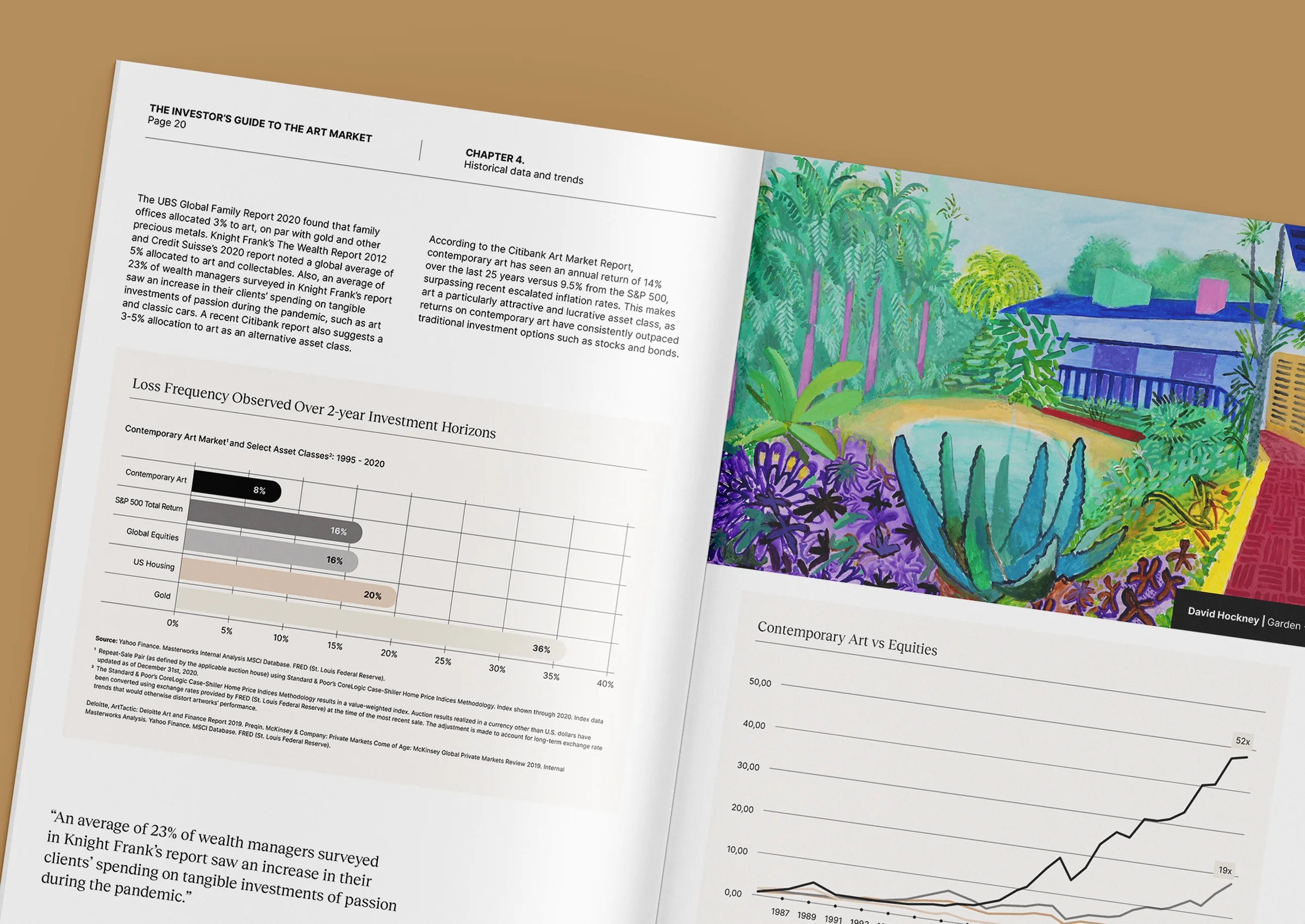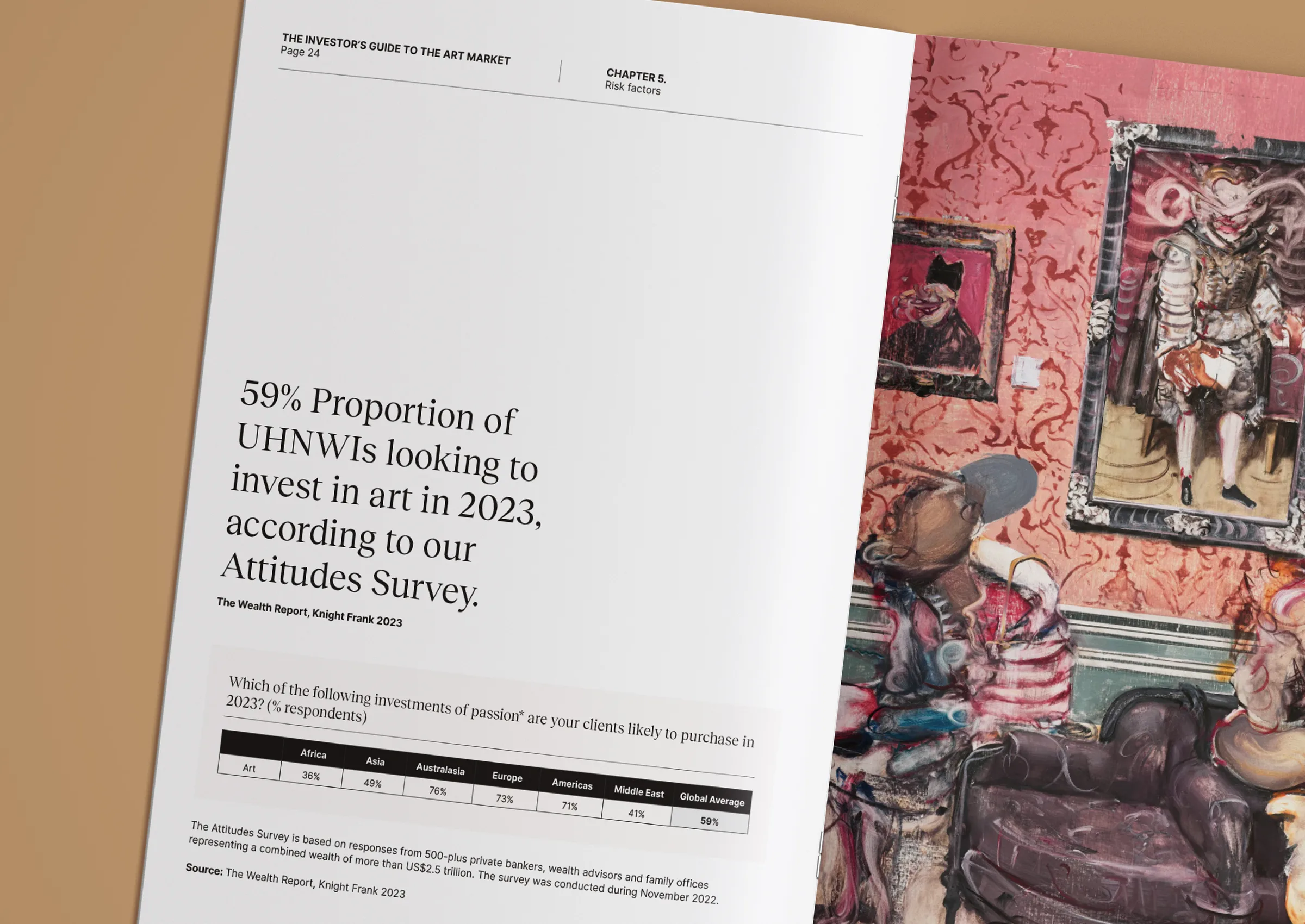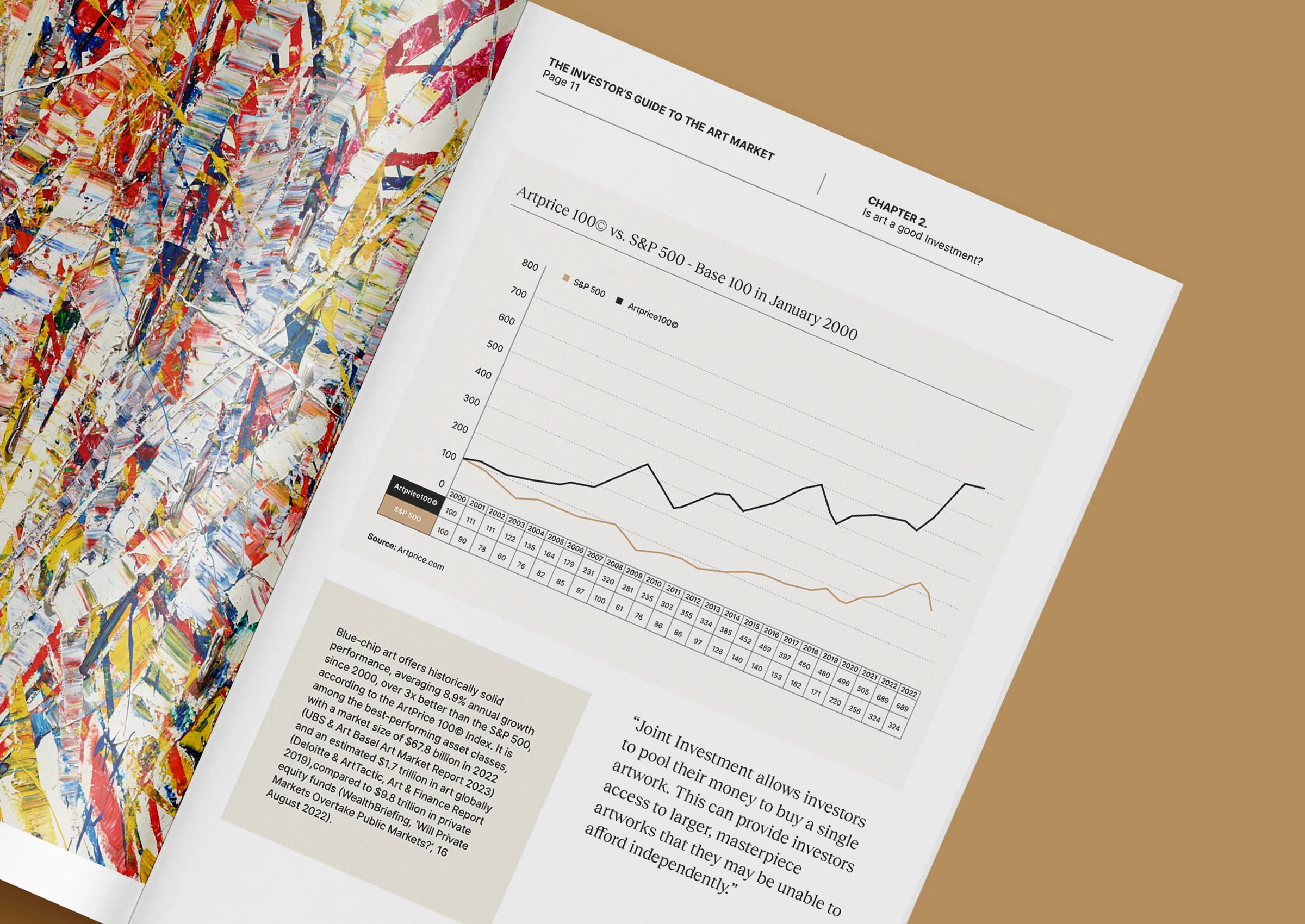How to structure, preserve, and pass on your art collection
For many collectors, the decision to acquire art is deeply personal. But for those thinking generationally, it becomes something more: a living archive. A collection that not only reflects personal taste but shapes a family legacy.
An intergenerational art collection isn’t just about inheritance, it’s about stewardship. It’s about ensuring that what you collect today can inform, inspire, and enrich the lives of those who come after you. And in a world where both culture and capital are evolving rapidly, that requires care, clarity, and long-term vision.
At Zurani, we work closely with families and advisors to help build collections that balance passion with planning. Here’s how to approach the process with intention and create something that lasts.
Start with values, not valuations
The most enduring collections are built around shared values. This might involve a commitment to supporting artists from a particular region, preserving cultural heritage, exploring a specific theme, or representing previously overlooked narratives. It could also reflect a family’s history, worldview, or philanthropic priorities.
Before discussing budgets or acquisitions, it helps to ask:
- What story do we want this collection to tell?
- What principles or perspectives do we want to preserve?
- How do we want future generations to engage with this collection?
Documenting these values early provides a foundation, not only for selecting works, but for mentoring the next generation and guiding curators or advisors who may become part of the process.
Involve the next generation early
One of the most common challenges we see is misalignment between generations. A parent builds a collection based on their vision, only to find their children feel disconnected from it later.
The solution is to bring younger voices into the conversation early, not just for succession planning, but for co-creation.
That might involve inviting them to art fairs, museum visits, or studio tours. It could mean assigning a “curatorial theme” to explore together. Or simply encouraging them to express what they like, what moves them, and why.
Art becomes a bridge, a way to learn each other’s language, and to build a cultural inheritance that’s genuinely shared, not imposed.
Structure matters: protecting your collection as an asset
While art is emotional, it is also an asset class, and one that requires protection, especially when passed between generations.
For high-value or growing collections, we typically recommend:
- Creating an inventory and digital archive, including provenance, purchase records, valuations, and condition reports
- Ensuring appropriate insurance coverage and storage plans
- Establishing ownership structures (e.g. trusts, holding companies, or family foundations) to reduce future tax burdens or legal complexity
- Defining loan and display guidelines if works are shared between properties, or made accessible to institutions
These structures don’t reduce the personal value of art; they protect it. And they allow future custodians to focus on meaning and growth, rather than administrative or legal difficulties.
Curate for legacy, not just market trends
A collection that survives generations doesn’t need to follow the market. It needs to reflect identity and evolve with time.
This might mean mixing blue-chip acquisitions with works by lesser-known or emerging artists. It could involve commissioning site-specific pieces or preserving critical cultural works that may never go to auction.
The most powerful legacy collections we’ve seen aren’t the biggest, they’re the most coherent. They reveal an eye, a sensibility, a perspective. And that coherence allows future generations to feel they’re continuing something meaningful, not just managing someone else’s assets.
At Zurani, we often help families develop a curatorial framework in conjunction with an investment strategy. The goal is to preserve optionality: to grow the collection, protect its financial integrity, and remain open to evolving tastes.
The true value is in the story you pass on
An intergenerational art collection is not just a transfer of objects. It’s a transfer of stories, sensibilities, and intentions. It asks us to think not only about what we want to acquire, but what we want to leave behind.
That’s why we encourage collectors to record their thoughts. Why was the work chosen? What does it mean? Where was it seen? Who was there? These notes, whether formalised in a collection catalogue or written informally, become part of the work’s provenance and part of the family’s cultural DNA.
Because in the end, the art is just the beginning. The real legacy is the perspective you give to those who inherit it.
To build a collection that carries meaning across generations, speak to our team at +971 58 593 5523, email us at contact@zurani.com, or visit our website at www.zurani.com.
